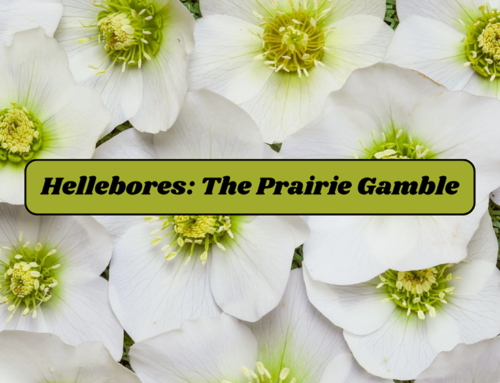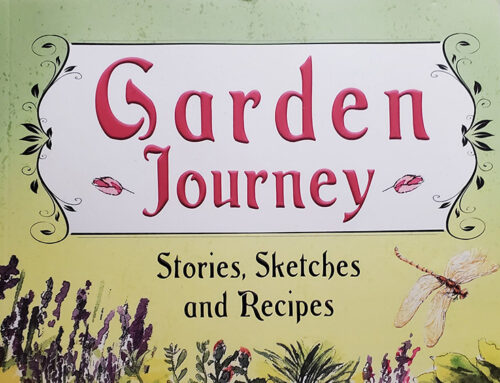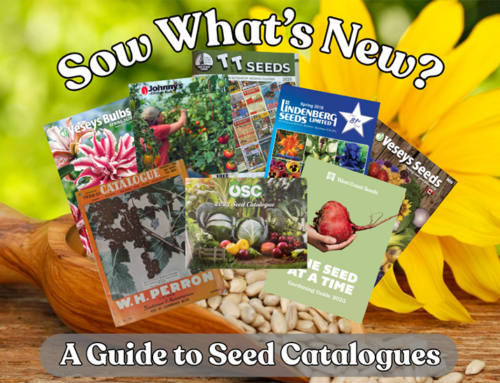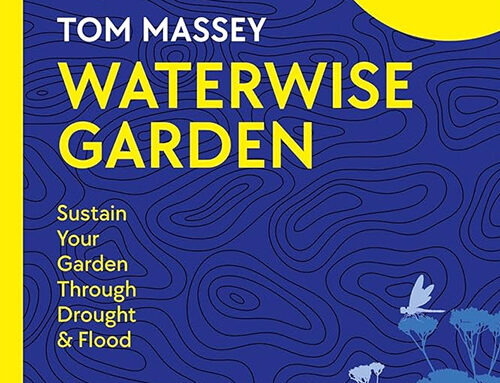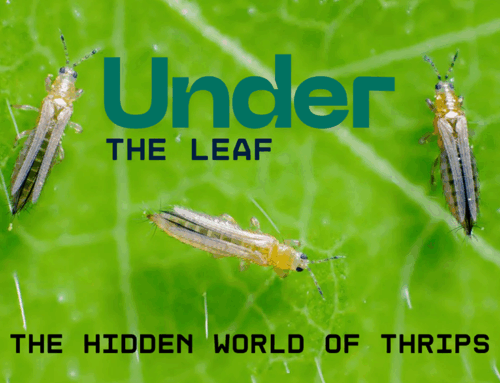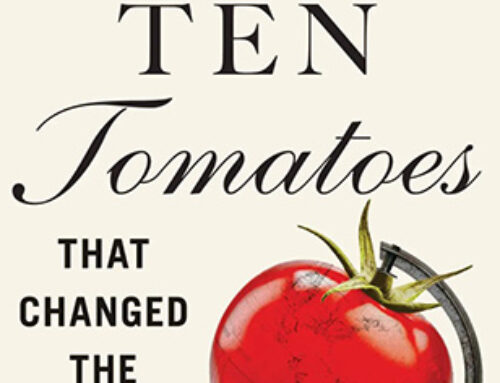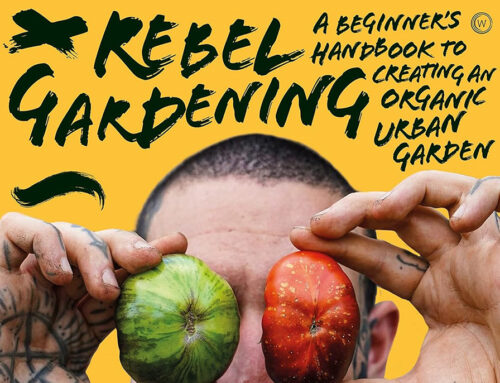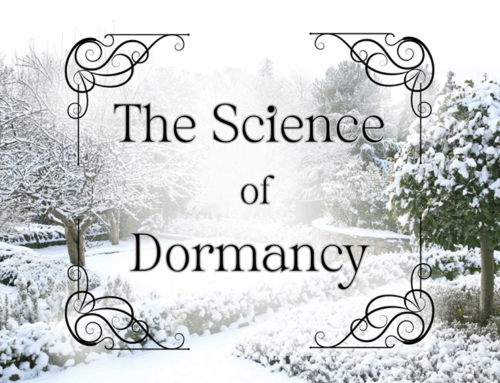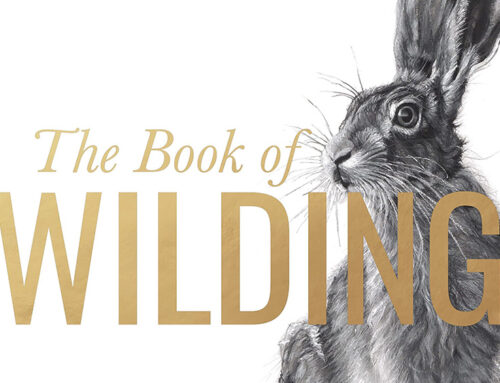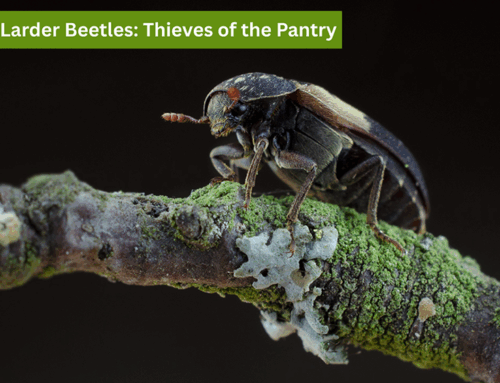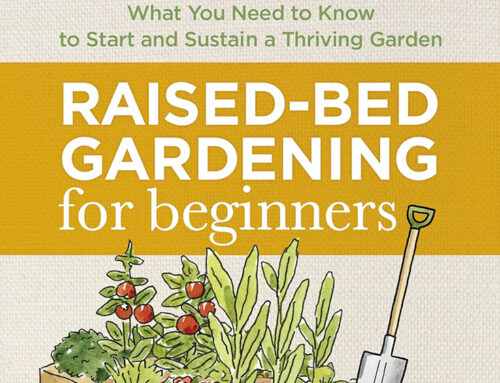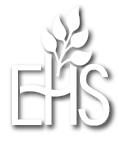Book Review: Plants of Alberta
Reviewed by Brett Kerley
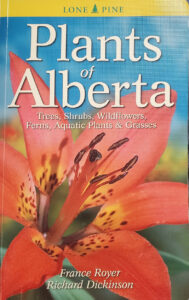 Royer, France & Dickinson, Richard. Plants of Alberta. Lone Pine Publishing, 2021. ISBN: 978-1774510605
Royer, France & Dickinson, Richard. Plants of Alberta. Lone Pine Publishing, 2021. ISBN: 978-1774510605
This book is an essential field guide for anyone interested in the province’s diverse plant life. Re-published in 2021, this book is a detailed reference for botanists, naturalists, hikers, and plant enthusiasts seeking to identify and understand Alberta’s native and naturalized flora. The 2007 edition was one of the books I used for my master gardener course.
With over 700 species and more than 1,000 color photographs, this book is one of the most comprehensive plant guides specific to Alberta. The authors, both highly regarded for their expertise in botany and plant photography, have compiled an impressive resource that balances scientific accuracy with accessibility for readers of all backgrounds
Book Structure and Content
The book is organized into sections based on plant type, making it easy to navigate. The layout follows a clear and logical sequence, allowing users to identify plants quickly.
Coverage of Alberta’s Diverse Ecosystems
Alberta is home to a wide variety of ecosystems, from prairies to boreal forests and mountain tundra. The book acknowledges this diversity by covering plant species found in:
- Grasslands and Prairies – Includes native wildflowers, grasses, and shrubs adapted to dry conditions.
- Boreal Forests – Features tree species such as spruces, pines, and aspens, as well as understory plants like ferns and mosses.
- Foothills and Rocky Mountains – Documents alpine plants, lichens, and hardy perennials found at high elevations.
- Wetlands and Aquatic Environments – Covers aquatic plants, sedges, and rushes that thrive in Alberta’s lakes, rivers, and marshlands.
By organizing the book in a way that reflects Alberta’s natural landscapes, Royer and Dickinson make it easier for readers to identify plants based on where they encounter them.
Comprehensive Plant Descriptions
 Each plant entry includes:
Each plant entry includes:
- Scientific and common names
- Detailed descriptions of the plant’s appearance, size, leaf shape, flower color, and distinguishing features.
- Habitat and range maps, which show where the species is most commonly found in Alberta.
- Blooming periods, which help users identify plants during different seasons.
- Similar species, helping to distinguish between lookalike plants.
These descriptions make the book highly functional as a field guide, allowing users to quickly and accurately identify species in the wild.
Stunning Photography and Illustrations
The book is heavily illustrated with over 1,000 full-color photographs, which significantly enhance the identification process. The images are clear, detailed, and accurately depict plants in their natural environments. Unlike some guides that rely on sketches or limited photography, Plants of Alberta provides multiple images per species, showcasing various stages of growth, flowers, and leaves.
In addition to photographs, the book includes photo keys and an illustrated glossary, making it easier to understand botanical terminology and plant structures.
Cultural and Ecological Insights
One of the highlights of this book is the additional ecological and cultural information provided for many plants. The authors include:
- Traditional Indigenous uses of plants for medicine, food, and crafting.
- Historical significance of certain species in Alberta’s settlement and agriculture.
- Edible and toxic plant warnings, which are particularly useful for foragers and outdoor enthusiasts.
- Conservation notes, addressing species at risk and environmental concerns.
This added depth transforms Plants of Alberta from a simple field guide into a rich educational resource for those interested in the broader ecological and cultural role of plants.
User-Friendly Features
- Photo keys allow readers to quickly scan images and find plants that match their observations.
- Glossary of botanical terms helps those unfamiliar with technical plant descriptions.
- Cross-references to similar species aid in avoiding misidentification.
Strengths of the Book
- Extensive Coverage – With over 700 species and additional secondary species mentioned, it’s one of the most thorough plant guides available for Alberta.
- High-Quality Photography – The images are crisp, vibrant, and extremely helpful in distinguishing similar species.
- Scientifically Accurate Yet Accessible – The authors strike a great balance between detailed botanical descriptions and user-friendly language.
- Practical for Field Use – The layout, size, and indexing make it easy to carry and reference while hiking or exploring.
- Includes Ecological and Cultural Context – Going beyond identification, the book provides insights into plant history, conservation, and Indigenous knowledge.
Areas for Improvement
- Size and Portability – At 528 pages, it is a bit bulky for carrying on long hikes. A more compact version with essential species could be useful for fieldwork.
- More Emphasis on Invasive Species – While the book includes some invasive plants, a dedicated section on how to identify and manage non-native species would be beneficial.
- Limited Information on Medicinal and Edible Uses – While the book touches on traditional uses, more detailed foraging guidelines would enhance its value for survivalists and foragers.
Who Should Read This Book?
- Outdoor Enthusiasts & Hikers – If you spend time exploring Alberta’s wilderness, this book is an excellent companion for identifying plants on the go.
- Botanists & Ecologists – A scientifically rigorous yet accessible guide, it provides valuable data on species distribution and habitat.
- Nature Photographers – With its stunning visuals, this book is great for photographers who want to capture and understand Alberta’s plant life.
- Gardeners & Foragers – Those interested in native plant gardening or wild edibles will find useful insights in this book.
- Students & Educators – A great resource for biology, ecology, and environmental science courses focused on Canadian flora.
About the Authors
France Royer and Richard Dickinson are well-known for their work in plant identification and environmental photography. Royer, a skilled photographer, has specialized in capturing botanical subjects, while Dickinson has a background in physical geography and extensive experience in research and ecological studies. Their combined expertise ensures a visually rich and scientifically rigorous guide to Alberta’s plant life.
Final Thoughts
Final Thoughts
Plants of Alberta is one of the best plant identification guides available for the region. Its combination of high-quality photography, detailed descriptions, and ecological insights makes it a must-have for anyone interested in Alberta’s natural world. While slightly large for a field guide, it remains an indispensable resource for serious plant enthusiasts, ecologists, and outdoor adventurers.
If you’re looking for a well-researched, beautifully illustrated, and comprehensive guide to Alberta’s flora, this book is a worthy addition to your library.
This book is available to borrow from Edmonton Public Library.


